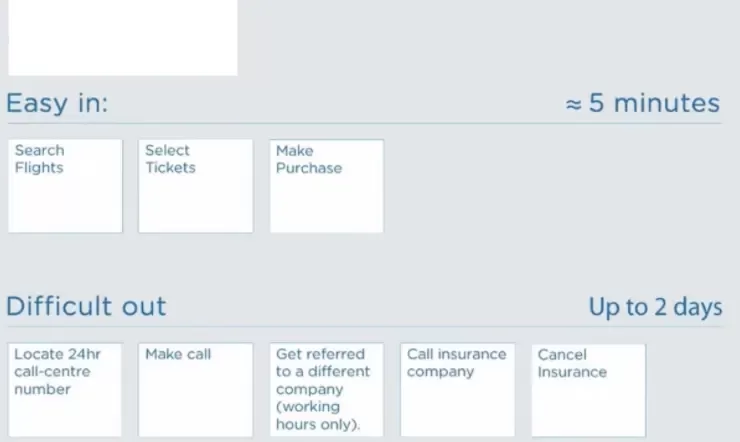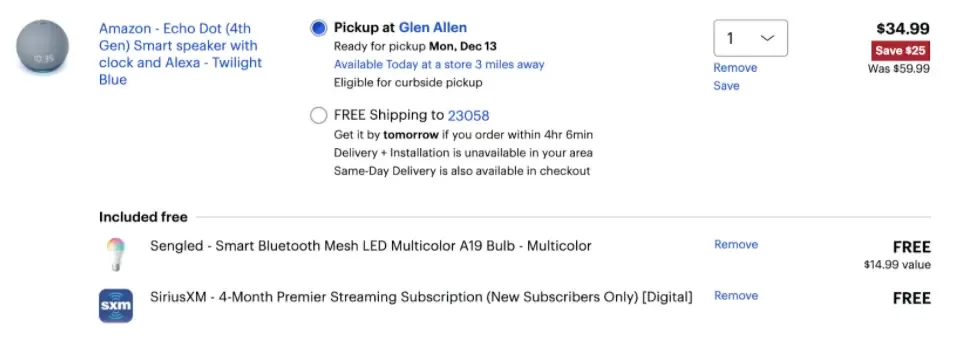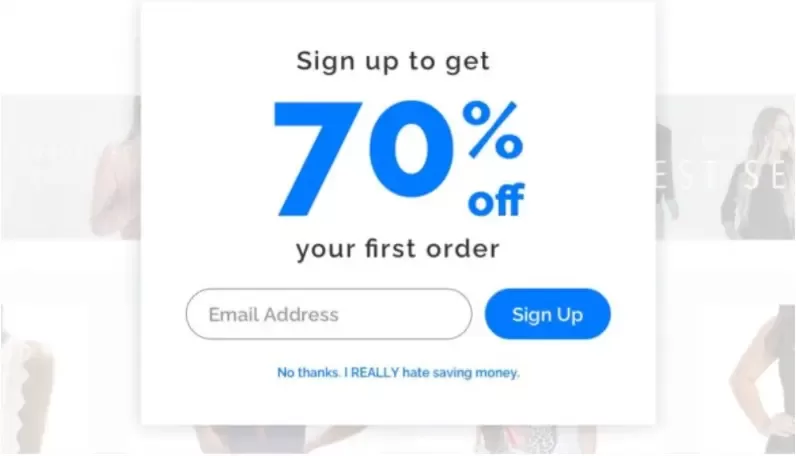As one of our core values, Workshoppers advocate for ethical digital marketing strategies, and believe it’s important to recognize and avoid practices that breach ethical barriers.
What You Should Know About Dark Patterns
Very few users read every word of every webpage or ad. Some nefarious marketers take advantage of this by hiding or obfuscating important details in “the fine print.”

Anticipating users skipping around and making assumptions about content is why we have user experience (UX) design to guide digital behavior. A great UX means someone can easily find the information they’re looking for, while a poor UX is confusing, time-consuming, and sometimes downright sleazy.
We’re diving into the sleaziest of all UX designs: dark patterns.
What is a dark pattern?
Coined in 2010 by UX expert Harry Brignull, dark patterns are features of interface design crafted to trick users into doing things they didn’t mean to, ultimately benefiting the business in question by pushing their priorities over the users’ intent.
Think:
Subscriptions that are easy to sign up for, but nearly impossible to cancel
Hidden costs on top of a purchase
Manipulative messaging that drives an action the user doesn’t really want to take
When encountering a dark pattern, the majority of users may figure out the correct button to click; but for those that don’t, they are drawn into unintentional actions. Even if just a small number of users are misled, dark patterns can become money-making incentives used by businesses again and again.
It’s true that consumers hold some responsibility to read the terms and conditions or dialogue box before taking an action, but it’s also important that interface designs are transparent enough that users can make intentional decisions and know exactly what they’re getting into.
Examples of Dark Patterns
Dark patterns can be hard to spot, hiding in websites or paid ads. Here are a few examples:
1. Easy in, difficult out
A travel company offers optional travel insurance as an add-on when booking a flight, with the promise that the consumer is eligible for a full refund. The process takes about five minutes.
To actually obtain the travel insurance refund, the consumer may spend two days going through multiple, time-consuming steps. It’s likely that some consumers may choose to forgo the refund in favor of avoiding a frustrating experience. That means more money for the travel company.

2. Sneak into basket
A purchase from a technology retailer comes with a few additional items in the basket, including a “free trial” for a streaming service that will start charging the consumer after four months.
The company includes a small “Remove” button to opt out of the service, but it’s easy to miss.

3. Guilt trip offers
A clothing retailer’s website uses a pop-up ad encouraging users to submit their email address to get 70% off their first order. The offer to sign up for email promotions is in big, easy to read text, but the option to continue browsing without signing up is in small text reading, “No thanks, I REALLY hate saving money.”
This is manipulative messaging, suggesting that if a consumer does not want to take the suggested action, they are missing out on a deal and not financially savvy.

As digital marketers, what can we do?
Dark patterns are not black and white - instead falling somewhere on an ethical spectrum. Some companies experience legal ramifications from dark pattern designs, while others can get away with them.
Policing dark patterns is a challenge, with no real governing body. App developers are working to create technology to flag unethical designs and help users avoid them, but their capabilities are limited by privacy laws.
Workshoppers can combat dark patterns by being advocates for honest SEO and PPC designs. We encourage our clients to avoid short-term gains from a dark pattern that can lead to a degraded brand reputation. Our strategies prioritize ethics, efficiency, and emphasize comprehensive, straightforward design to improve users’ digital interactions.
Are you a marketer interested in elevating your digital marketing strategies? Check out our Digital Marketing Services.

